Week 1
Week 2
Week 3
No snappy intro. Just animals. I'm double-posting after a brief break in posting, though, so catch my attempt at photography tips right before this.
Day 22: Broad-billed hummingbird
Broad-billed hummingbirds, Cynanthus latirostris, are common summer residents in Arizona's riparian areas, and breed in parts of our state. They are readily seen at Boyce Thompson Arboretum, though not as readily photographed, as least successfully. The males are seriously, flamboyantly gorgeous. Metallic blue and green plumage, deep blue throat feathers, bright red bill. The females are duller in color -- poor female hummingbirds. They never get the spotlight.
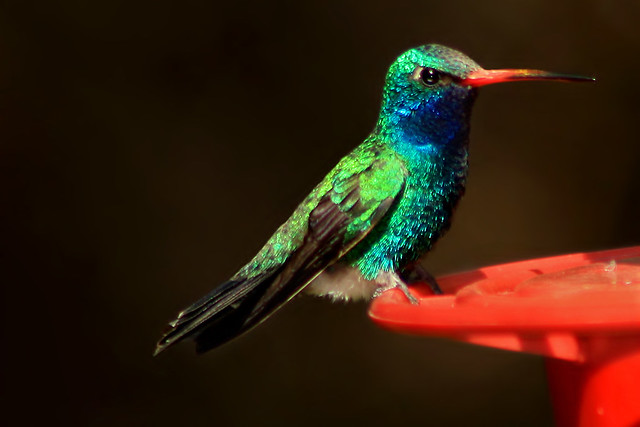
Day 23: Giant crab spider
The broad-billed started the week on a high note, but this one turned out to be my
 favorite, if only because of the story. I was
favorite, if only because of the story. I was Now, most people's questions would involve "Is it poisonous?" and "How do I get rid of it?" But it's my mom, and you probably figure I must get it from somewhere, so you should be unsurprised that: 1) she knows the difference between "venomous" and "poisonous" and would never ask such a ridiculous question (the reference material she sent me had "poisonous" incredulously highlighted); and 2) she didn't want to get rid of it. She made a habitat for it, complete with desert rocks and twigs, a tiny cap of water, and a supply of crickets and grasshoppers.
That weekend, I came over with my camera to photograph the beauty, which we'd by now tentatively identified as a giant crab spider, Olios giganteus. I knelt beside the spider. I scooted beneath her. My mom lifted the container up to the light. We discussed whether the dining room light was hitting the chelicerae sufficiently. The rest of my family looked at us as though we were crazy.
I took her home, intending to get some even better shots in my "spider studio" I've set up (which may or may not involve a pair of my husband's pants as a backdrop; shhh). I released her. Then, I lost the pictures. Figuring it was a lost cause, I went back to the field to check for her, and found her again, clinging to a rock. She allowed me to scoop her back into her "home." However, I still don't have pictures, because she went into hiding. Don't worry; I haven't lost her. She's now woven a cocoon around herself, which could mean she's going to lay eggs. I'm very happy about this.
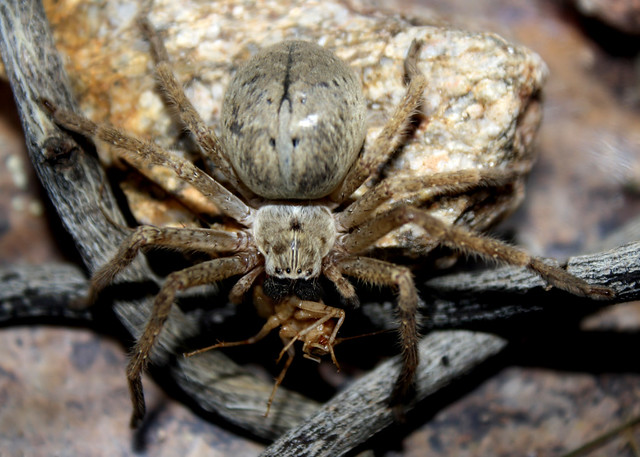
In the meantime, Lynette from BugGuide.Net contacted me to ask me to contribute the above photo to their site, and also filled me in on the cloudy taxonomy of Olios spiders. Apparently, we have nine species of the genus in the United States, and according to this site, we have five of them in Arizona. She also passed on that the genus hasn't really ever been thoroughly studied since the species writeups 75 years ago. Taxonomy can be a contentious and confusing field, so I'll leave it at genus for now. Still. More adventures in spider raising. Hooray! (Thanks, Mom.)
Day 24: House sparrow
The house sparrow (Passer domesticus) is not originally an Arizonan, but it's been here for a while. It can be destructive. It's boring. It's considered a "junk bird" by birders and photographers.
And sometimes, it's pretty gorgeous.

Day 25: Long-billed dowitcher
They're one of the "other birds" wading in the ponds at places like the Gilbert Riparian Preserve. Long-billed dowitchers (we don't usually have the short-billed kind), Limnodromus scolopaceus, wade through the shallows and pluck small creatures up like little avian sewing machines. I usually overlook them in favor of the herons, egrets, and stilts. Maybe I'll make an effort to capture more of them.
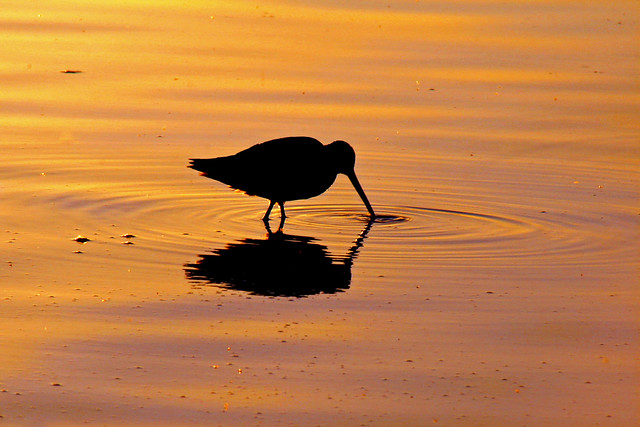
Day 26: Dainty sulphur
The dainty sulphur (Nathalis iole) is the smallest butterfly in its family, and these guys are hard to capture. They flit from one flower to the next, and nearly all my shots are of an empty flower. But they really are gorgeous when you stop to look at them. The males flutter inches above the ground in search of females, and if the lady seems reluctant, they prominently display their dorsal bars and their androconial spots. Ooh, baby.
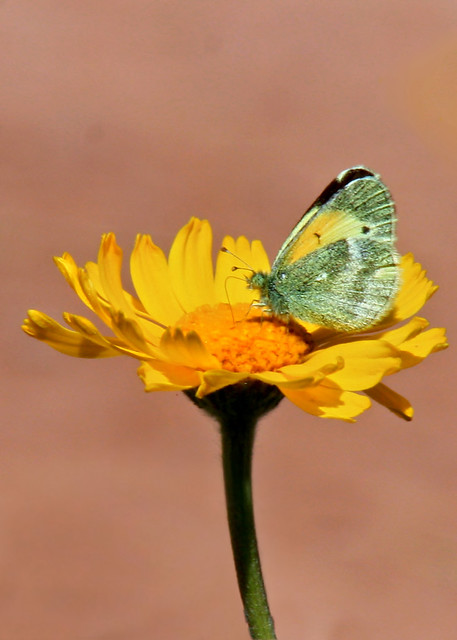
Day 27: Inca dove
Smaller than mourning and white-winged doves, Inca doves (Scardafella inca, though the genus has been debated) are also a little more timid. You can tell them by the scaled pattern on their wings and bodies -- my son says they look like pine cones. I almost never see one alone. They're always in pairs or groups. Incas range through the Southwest into Mexico and Central America, and don't live anywhere that the Inca empire ever occupied. Go figure.
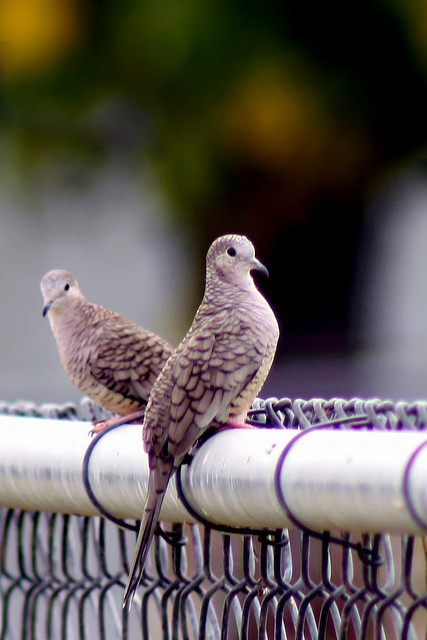
Day 28: Black Saddlebags
This is what I love about the Internet. I had missed a detail on my own photo and couldn't ID this dragonfly. Because I'm contacts with so many expert IDers, I posted it, and within a day, I had it. Credit goes to Jeff (vai_boy) from Flickr for the ID. It is, of course, a black saddlebags (you can see the "saddlebags" on the wings below its body, though they don't show up really well in this shot).
Black saddlebags, or Tramea lacerata, are skimmer dragonflies found throughout the continent, especially near ponds or bodies of still water. They especially like to eat mosquito larvae, so these are good guys to have around.
They also have an interesting reproductive adaptation. Because the female only mates once, storing the sperm for fertilization, another male who mates with her will remove the previous sperm with a special sperm-removal brush. See? And you thought you wouldn't learn anything new here.

More next week. I've already got four birds, so I'll try and mix it up with an insect or mammal. Or spider, of course.
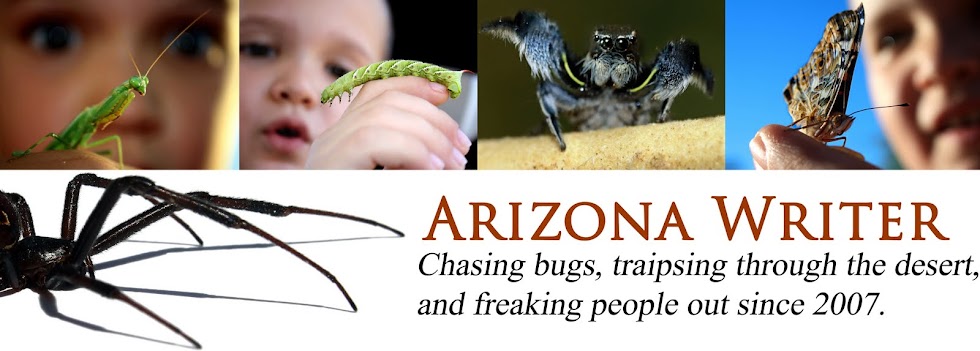
8 comments:
The shot of the Inca doves is lovely; I like how the patterns on the doves' wings are echoed by the pattern of the fence wires.
Thanks! I do love that species.
Yea for black saddlebags! They never sit still, so I'm impressed you got a shot of one. Nice!
That first hummingbird looks ANGRY that you're snapping his pic. I smiled.
Beautiful photography. I was drawn to the image of the house sparrow, mainly because you indicated it was referred to as a "junk bird" by birders and photographers. That attitude is kind of sad and one of the reasons that I often prefer the company of animals to people.
DW: Thank you! They were all over that day. I consider myself lucky. (The red saddlebags were pretty plentiful too, but every last photo "of" one of them turned out to be an empty twig. Darn.)
FireMom: Haha; they are pretty indignant little critters sometimes.
Richard: Thank you. I totally agree. I've actually got a post coming sometime soon all about "junk birds" -- mallards, coots, grackles, sparrows, starlings. I understand the appeal of seeing unusual birds but I do think we tend to forget to appreciate what's all around us.
Thank you for these gorgeous pictures and descriptions!
I can't believe how amazing your photos are. They just blow me away.
Post a Comment